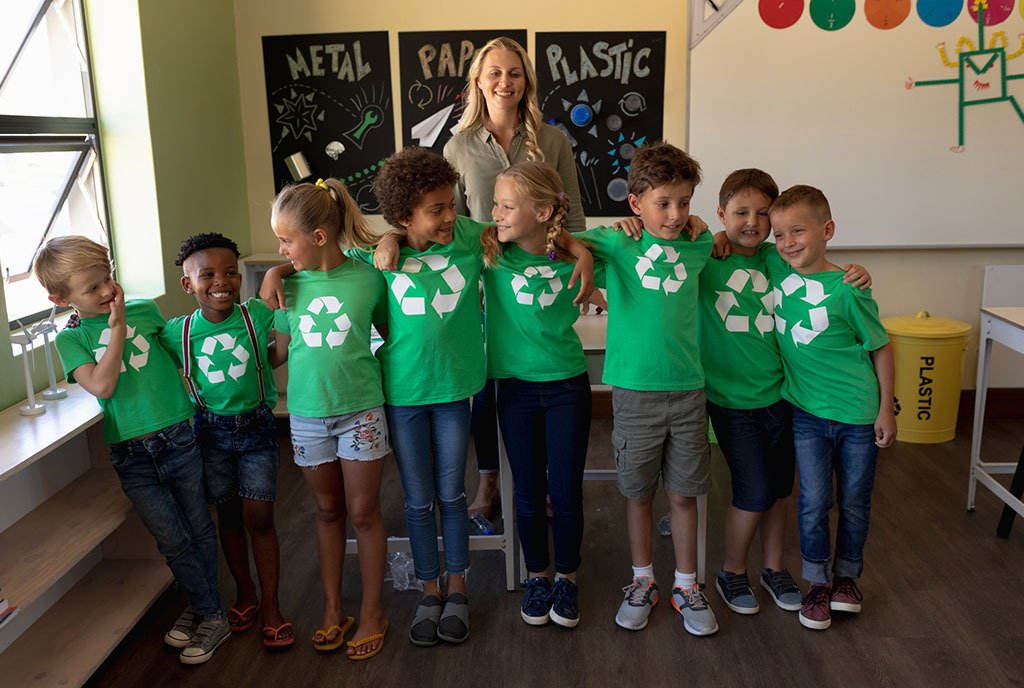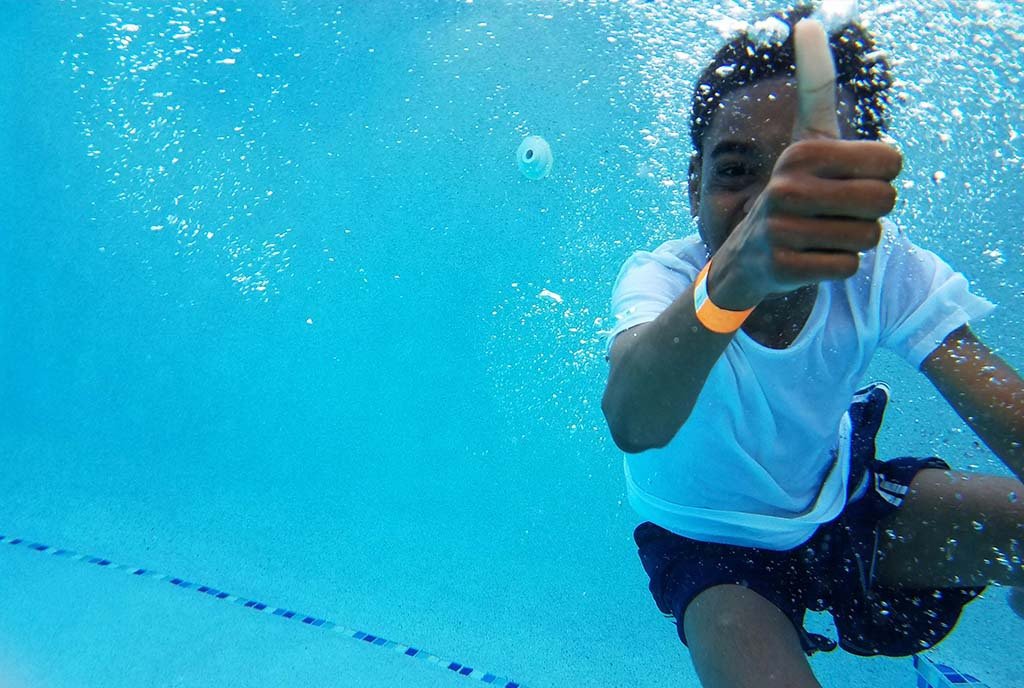
March 29, 2016; New York Times
Describing it as a “dream come true,” Sean “Diddy” Combs this week announced that he is the force behind a new charter school set to open next fall in Harlem, the New York City neighborhood where he grew up. This puts him in the company of a growing list of business, sports, and entertainment leaders who are investing in charter schools as their way to improve children’s futures.
Combs selected the Connecticut-based Capitol Preparatory Schools, which currently operates two schools, to manage this new effort based on the strong outcomes they are achieving. Beginning in 2011, Combs provided office space and recruited community support. Steve Perry, CPS’ founder, said, “It’s important to note it was he who inspired our team to come in and expand into New York. It starts there, and the rest of the role will develop over time.”
The school’s web site describes the effort as:
A free, public charter school…providing grades 6–12 with a year-round, college preparatory education that develops lifelong learners, leaders, and agents of social change. Capital Prep Harlem will open for the 2016–17 school year with 160 students enrolled in the 6th and 7th grades.
Sign up for our free newsletters
Subscribe to NPQ's newsletters to have our top stories delivered directly to your inbox.
By signing up, you agree to our privacy policy and terms of use, and to receive messages from NPQ and our partners.
Capitol Prep’s two campuses in Connecticut schools are proud that 100 percent of their high school graduates have been able to move on to a 4-year college.
If the school fulfills its founder’s dreams, its 700 students will benefit and Mr. Combs’s efforts will be a success. Mr. Combs is following in the footsteps of generations of philanthropists who have used their resources to support projects driven by their hopes and dreams, often focused on the problems of the neighborhoods they grew up in. But in an era where the challenge of ensuring all children, rich or poor, receive a quality education is a national priority, is this effort very meaningful at all?
The Harlem Capitol Preparatory School will touch just .07 percent of New York City’s 1.1 million public school students. If we have concluded that the challenge of quality education for all is too big to meet and beyond our capabilities, than triage is the only practical response. Efforts like Combs’s, focusing on creating one excellent school, deserves the headlines this announcement has received.
But educational outcomes are more a result of societal forces swirling outside the school than they are of the efforts of the educators inside each classroom. William Mathis and Kevin Welner, in a newly published review of the effectiveness of school improvement strategies, described this reality quite well: “In the end, student outcomes in under-resourced communities will continue…to be driven by larger societal inequities, including structural racism and denied opportunities related to poverty.” If this is the reality, then what is needed is a stronger national will to address those core problems. Philanthropists like Mr. Combs who are looking for results and not headlines might want to consider how their resources, their wealth, and their influence can help policymakers attack these larger societal issues. Their investment in one or even in a few great schools may provide immediate satisfaction, but they will be leaving most children behind. What’s needed is the will to tackle the harder challenge—to strive to fulfill every child’s potential.
There is a dilemma facing policymakers, educational leaders, and philanthropists like Sean “Diddy” Combs: Build local, small-scale educational opportunities for underprivileged children, or address the systemic societal conditions that produce and foster lack of privilege for so many children? I hope they are thinking about it seriously as they develop their personal strategies.—Martin Levine













